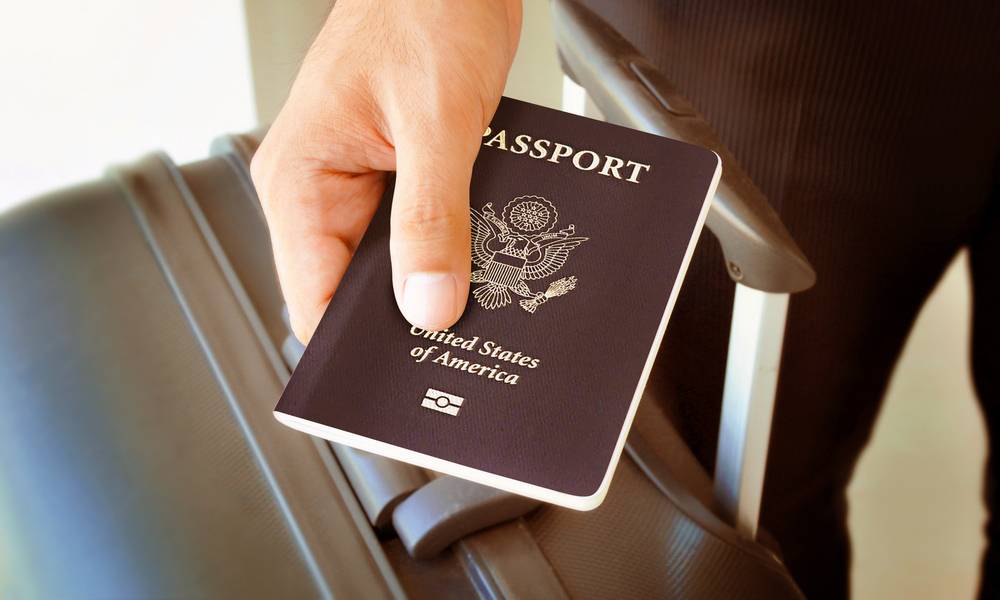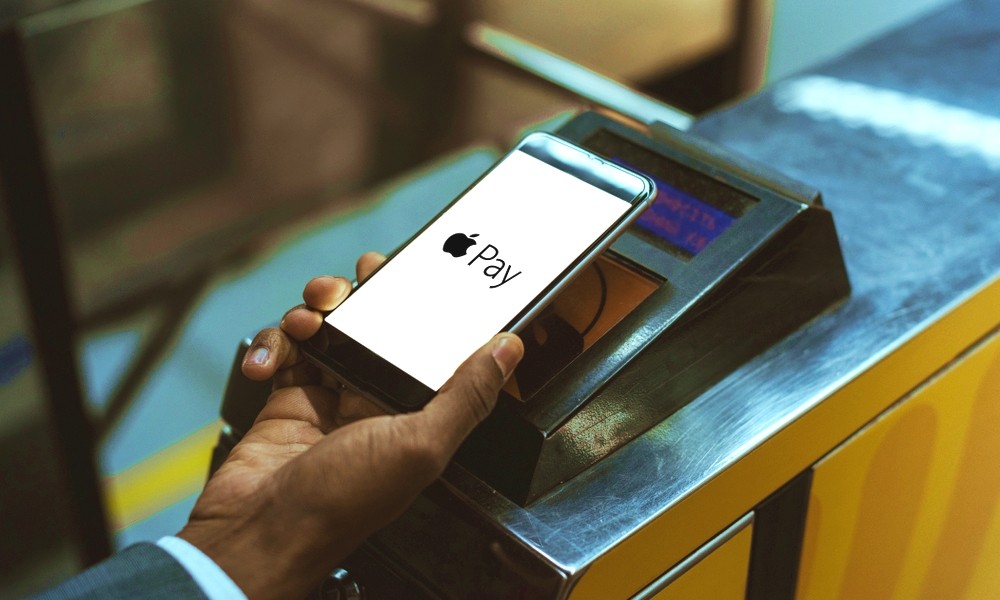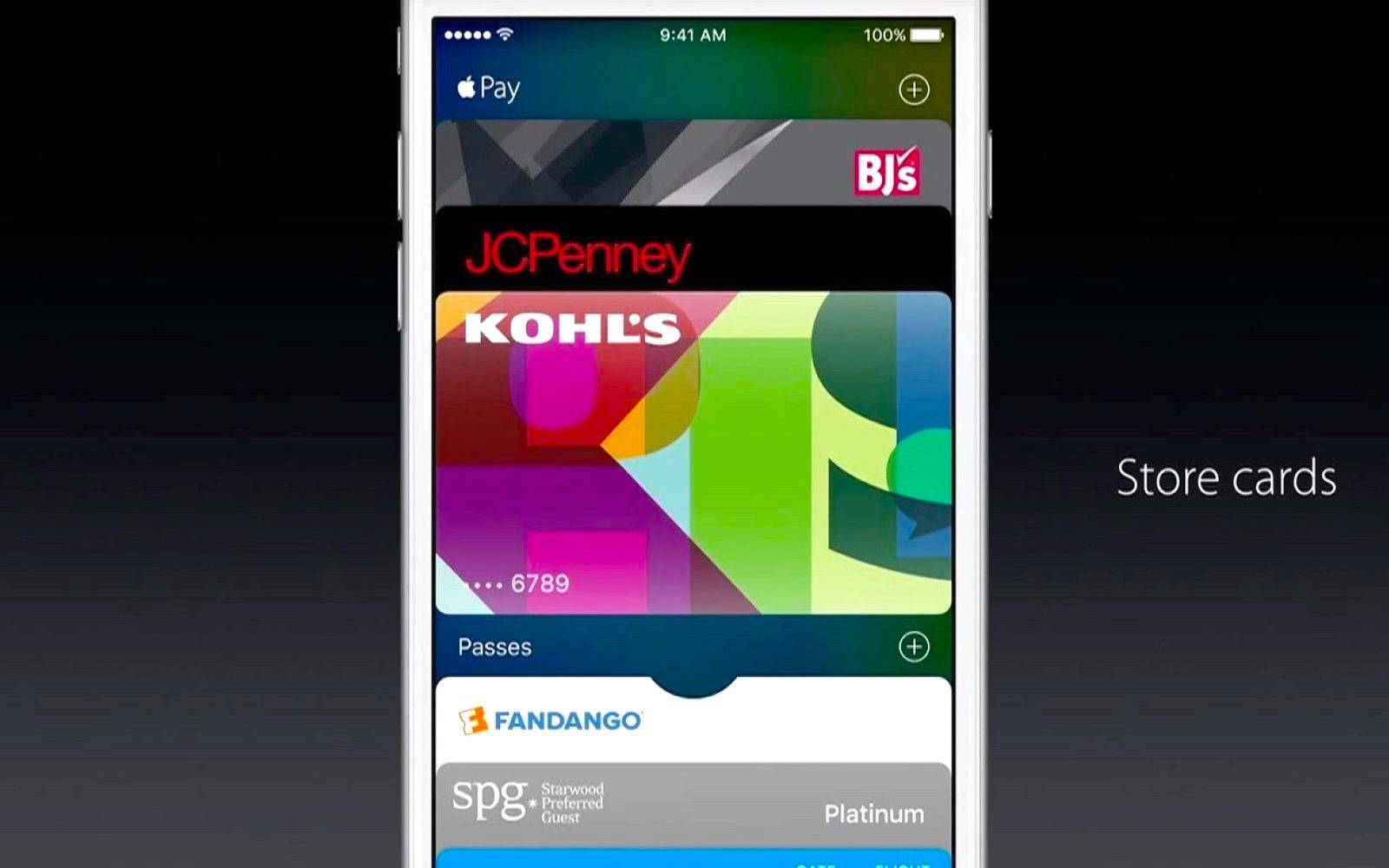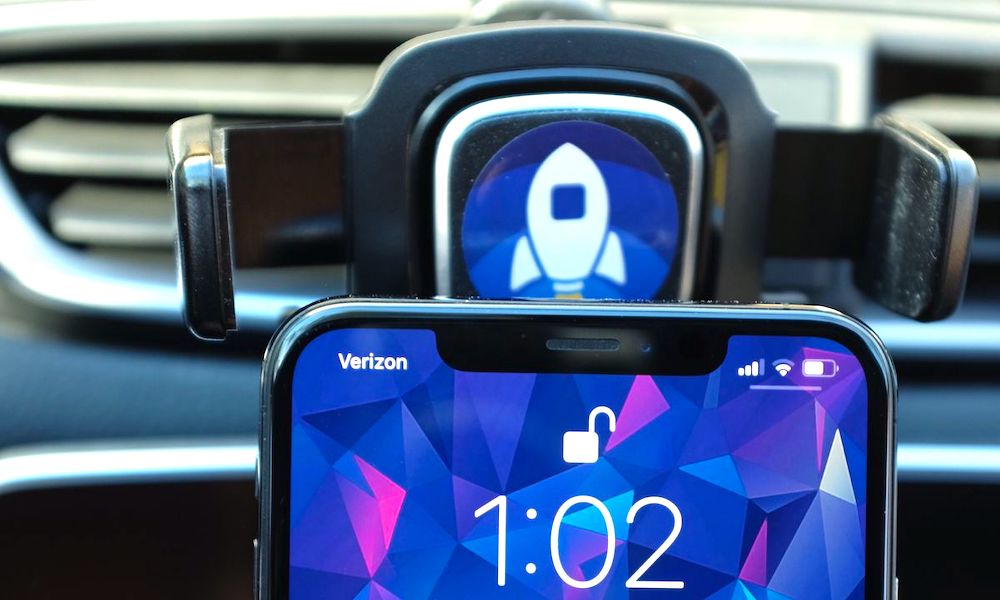6 Cool Things You’ll Be Able to Do With NFC in iOS 13
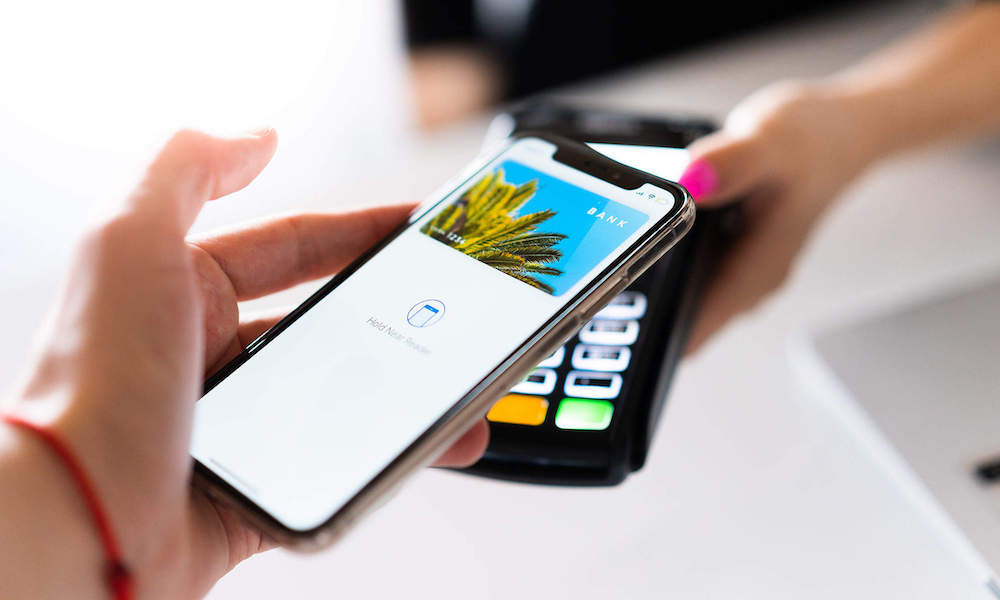 Credit: Viktor Hanacek / PicJumbo
Credit: Viktor Hanacek / PicJumbo
There's a huge amount of new stuff coming in iOS 13 just on the surface — so much in fact that Apple didn't have time to talk about it all on stage, but the features that are coming under the hood for developers may be just as interesting as all of the cool new things that we'll be seeing in Apple's own first-party apps.
Among these is the fact that Apple is significantly opening up Near Field Communication (NFC) technology with the release of iOS 13, allowing developers unprecedented access to the NFC chips that have been included in every iPhone since the debut of Apple Pay back in 2014 with the iPhone 6.
While NFC is the technology that allows for contactless payments to be made from your iPhone and Apple Watch, there's a lot more to it that Apple users have been unable to take advantage of due to Apple's restrictions on allowing developers access to the NFC chips in its devices. Apple's reasons for these restrictions aren't entirely clear; optimists believe it's for security reasons while cynics feel that Apple simply doesn't want other banking apps rolling their own payment solutions that would compete with Apple Pay, but regardless of the reasons it's put a limitation on the iPhone platform that simply doesn't exist in the Android world, where NFC is wide open by comparison.
While Apple has slowly been expanding NFC capabilities beyond traditional Apple Pay, with support for transit systems, student ID cards, and even electronic ticketing, up until now the technology has mostly been limited to what Apple itself adds to the system. However, as reported by TechCrunch, the company announced during last week's WWDC developer sessions that the Core NFC framework in iOS 13 is going to open things up to allow developers to write third party apps to cover all of those things that Apple is unwilling or unable to handle directly.
For example apps can now read passports and contactless smart cards, and interact with NFC-enabled hardware such as smart tags that could be located in kiosks or around the home or office. Read on for some examples of apps and services that are already planning to take advantage of the new NFC capabilities.
Scan Passports and National ID Cards
While Apple Pay is focused almost exclusively on payment technology, many passports and national ID cards include NFC tags for easier scanning, and it looks like Japan and the U.K. are both lining up to support this on the iPhone.
The Japanese government plans to add support for NFC tag reading to its national ID system when iOS 13 launches later this year, while the U.K. government has already announced ReadID, a new NFC passport reader app for the iPhone. While it was originally believed that Apple was making a special exception for the U.K. government due to Brexit, it seems that this was actually just part of Apple's broader plan to open up NFC in iOS 13.
While we don't seem to have yet reached the point where you'll be able to store your passport in your iPhone, we can't imagine that's too far off. For now, however, the ability to scan a passport or national ID card will still be very useful for providing authenticated identification when doing things like setting up mobile banking accounts.
Add Money to Prepaid Cards
The NFC capabilities being added in iOS 13 will also allow your iPhone to write to an NFC tag, and while this has a number of possibilities, the most useful will be allowing third-party apps to actually update the balances on stored value cards (SVC), such as those used for public transit systems.
For example, if you prefer to use a physical transit card, the provider's app could take your payment and update the balance on your card immediately simply by tapping the card against your iPhone. This would eliminate the need to reload at a kiosk in a transit station or wait for your card balance to be updated at a transit terminal after making an online payment.
Of course, the new NFC capabilities will also allow third-party apps to make transit payments directly from your iPhone, but we suspect you'll still have to manually open the corresponding app to make payment unless the transit provider adds native support for Apple Pay Transit.
Pay for Parking and Scooter Rentals

Apple's VP of Apple Pay, Jennifer Bailey, specifically announced an upcoming new feature last month at the TRANSACT Tech conference in Las Vegas that would allow for NFC tags to trigger online Apple Pay payments, allowing users to pay for services where dedicated POS terminals aren't practical.
The examples given by Bailey included scooter rentals, with Bird scooters already set to be one of the launch partners, as well as parking meters from PayByPhone and Bonobos clothing stores. The feature will allow you to pay for services like these simply by holding your iPhone near a device, without needing to download an app, which seems to be the magical part of this feature.
It's not entirely clear yet how this will work in practical terms, but presumably iOS 13 will provide the necessary user interface to confirm payment, possibly allowing the user to select any necessary options in the process, and the payment itself will be made directly from the iPhone, rather than the POS terminal.
Sign up for Store Loyalty Cards and Coupons
Apple announced last month that Apple Pay itself will also gain the ability to let users sign up for store loyalty cards right within the Wallet app, all in a single tap. This will be done with NFC tags in the stores, and could do away with the headache of having to spell out all of your information at retailers.
In addition to signing up for store loyalty cards, NFC tags strategically placed around a store could offer users more information on products or even discount coupons for their purchases when scanned.
Several retailers are already preparing to set this up later this year, including Dairy Queen, Dave & Buster's, Caribou Coffee, Panera Bread, Yogurtland, and Jimmy John's Gourmet Sandwiches.
Unlock Your Car
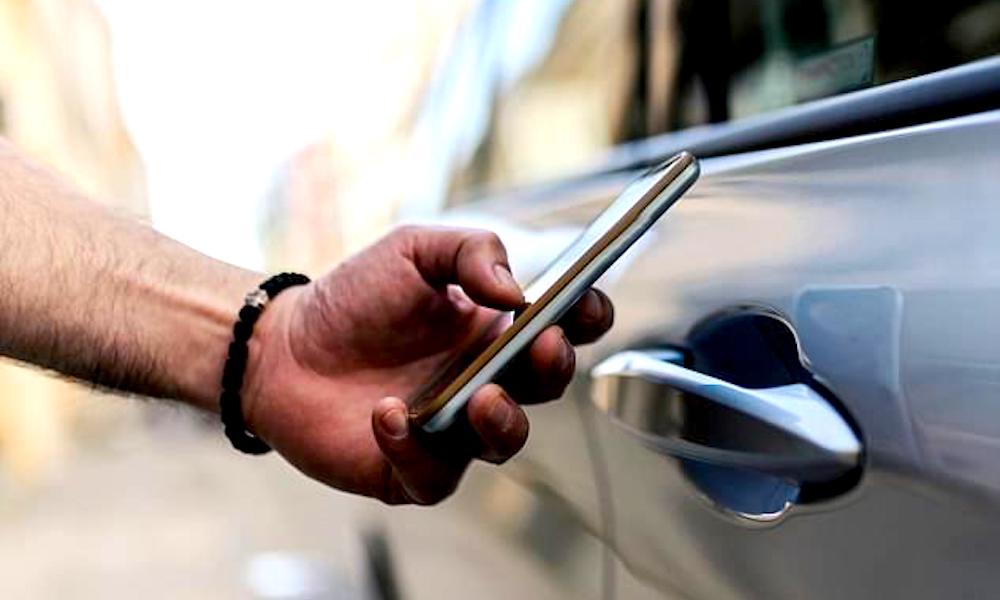
Last year we heard that Apple was joining the consortium working on a new Digital Key specification that would allow users with the necessary hardware to unlock their car right from their iPhone. While the specification outlines both Bluetooth and NFC support, this seems like something that's far more practical for NFC — tapping your iPhone against your car is a more secure and deliberate way of handling this that doesn't require you to interact with an app.
This would also benefit car sharing applications, both in terms of renting vehicles and sharing cars with family and friends, since digital keys could be easily exchanged via AirDrop or iMessage, and of course could also incorporate time restrictions.
Trigger Workflows
iOS 13 is also expanding what can be done with Siri Shortcuts, and Core NFC is going to form part of this. What this means is that you'll be able to trigger a Siri Shortcut simply by tapping your iPhone on an NFC tag.
This opens up a huge world of possibilities. Put a tag in your car's iPhone dock to trigger a shortcut whenever you get into your car. Put a tag by the door and tap your iPhone on the way out to make sure all of your lights are off, your thermostat is set, and your door is locked. Put a tag in your kitchen and you can tap it to call up your favourite recipe app and preheat your stove. A tag in your refrigerator could be used to quickly create a reminder to go to the grocery store. While these are all things that can be done with Siri or by tapping an app, the use of NFC tags promises a more frictionless approach for workflows that are commonly repeated.

